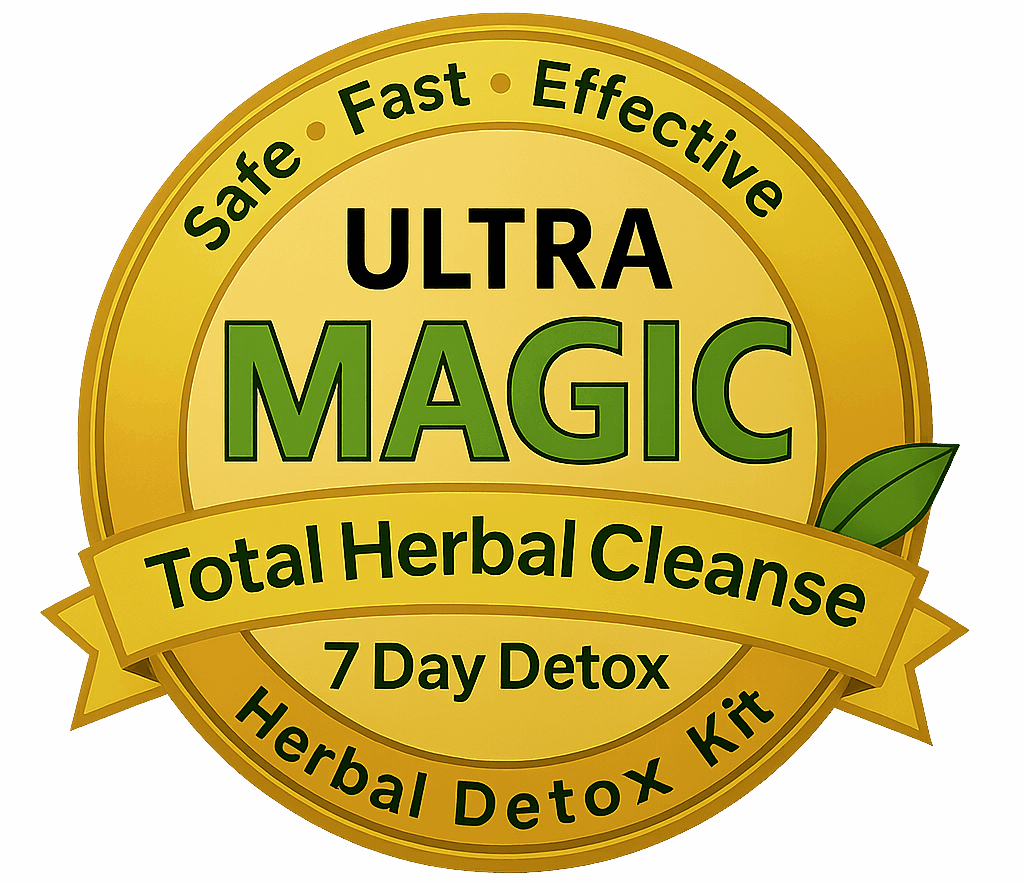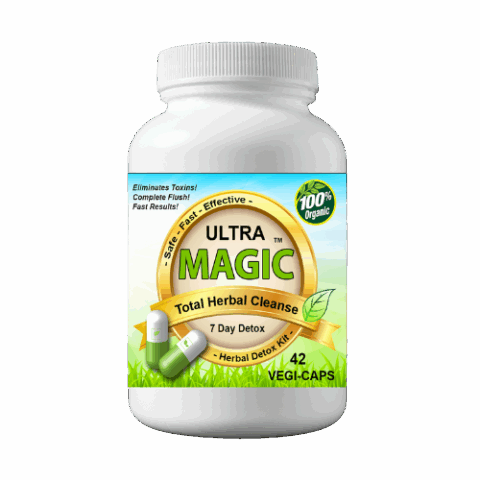
Do Hair Drug Test Shampoos and Other Methods Work? Evidence
Hair drug tests look for tiny traces of drugs that get locked into growing hair as blood nourishes the hair root. Because hair grows about half an inch per month, labs typically analyze the newest 1.5 inches—about a 90‑day record. That long window has fueled a booming market of “detox shampoos,” bleaching routines, and DIY methods that promise to scrub, strip, or mask drug metabolites from hair. The big question: do any of these actually work once your sample reaches a certified lab?
This article gives you a clear, evidence‑based answer. You’ll see how hair testing works, the detection windows and cutoff levels labs use, and the steps labs take to remove surface contamination and catch tampering. We’ll break down why detox shampoos claim to help—and what independent studies, forensic guidelines, and real‑world lab practices show. You’ll also get a sober look at popular methods (Macujo, Jerry G, bleaching, dyeing), common myths, safety risks, what truly affects results, practical next steps, and realistic timelines.
What a hair drug test measures and how it works
A hair drug test measures drug metabolites that become part of the hair shaft as it forms. When a person uses a drug, metabolites circulate in the bloodstream and diffuse into the hair follicle’s growing cells; those markers are then locked into the hair cortex. Collectors typically cut about 1.5 inches of hair close to the scalp (roughly a 90‑day window). If head hair isn’t available, body hair can be collected.
In the lab, the focus is on what’s inside the hair, not just on its surface. Samples are first washed to remove external contamination (for example, smoke or environmental dust), then the hair is chemically digested to release any incorporated metabolites. Testing follows a two‑step pathway: an initial immunoassay screen (EIA/ELISA) to detect drug classes, followed by a confirmatory test using gas chromatography–mass spectrometry (GC‑MS) or similar instrumentation to specifically identify and quantify analytes. This process, combined with documented chain of custody, makes substitution or simple cosmetic masking extremely difficult.
- Collection: Cut sample near scalp; 1.5 inches preferred; body hair if needed.
- Decontamination: Lab washes hair to reduce external contamination.
- Analysis: Immunoassay screen; GC‑MS confirmation on presumptive positives.
Detection windows, cutoffs, and drug panels
With a standard 1.5-inch head-hair sample, labs typically capture about 90 days of history. Because metabolites must grow out in the hair shaft, very recent use (the last few days) often doesn’t appear. Frequency and amount of use influence how much ends up in hair, but labs don’t “guess” from patterns—they compare results to fixed cutoff levels and confirm presumptive positives with mass spectrometry.
Below are common laboratory cutoffs reported in picograms per milligram (pg/mg) for screening (ELISA) and confirmation (GC‑MS). Exact panels and thresholds can vary by program, but these figures reflect widely cited standards.
| Drug class | ELISA cutoff (pg/mg) | GC‑MS cutoff (pg/mg) |
|---|---|---|
| Marijuana (THC) | 1 | 0.30 |
| Opiates | 300 | 300 |
| Amphetamines | 500 | 500 |
| Cocaine | 500 | 500 |
| PCP | 300 | 300 |
Employers choose different drug panels. A basic hair panel often includes the six classes above (e.g., cocaine, marijuana, opiates, methamphetamine/amphetamines, ecstasy/MDMA, and PCP). Expanded 10‑ or 12‑panel hair tests exist and add other substances depending on policy. Regardless of panel size, the two‑step process—initial immunoassay at set cutoffs, then GC‑MS confirmation at equal or lower cutoffs—anchors the result. This is why “detox shampoos” and DIY methods must overcome not just surface cleaning but stringent thresholds and confirmation to change an outcome, which evidence shows is unlikely.
How labs minimize external contamination and identify tampering
Certified labs are built to separate real drug use from surface contamination and to catch common tampering tactics. Samples are cut in person from near the scalp under documented chain of custody; if head hair is shaved or too short, collectors switch to body hair rather than cancel the test. In the lab, hair is washed to strip external residues (e.g., smoke, dust, products) and then chemically digested so only metabolites incorporated inside the shaft are measured. Initial immunoassay screens are confirmed by GC‑MS, and the same sample can be retested if needed—one reason substitution or quick fixes rarely work. Consistent with this, clinical sources note it’s “nearly impossible to cheat,” and research shows a single application of popular “detox” shampoo may slightly lower concentrations but does not remove drugs from hair.
- Witnessed collection and chain of custody: Prevents substitution and documents handling.
- Alternate-site sampling (body hair): Defeats shaving or very short head hair.
- Laboratory decontamination wash: Reduces external contamination before analysis.
- Two-step testing with GC‑MS confirmation: Filters out false positives and verifies identity/levels.
- Ability to reanalyze the same specimen: Increases reliability and exposes inconsistencies.
- Disclosure of hair treatments during supervised testing: Helps labs interpret results and spot tampering narratives.
Why detox shampoos claim to work, and what independent studies show
Detox shampoos market a simple promise: open the hair cuticle, flush residues, and you’ll beat the test. Formulas often highlight strong surfactants, solvents like propylene glycol, and acids (e.g., salicylic acid) meant to “lift” the cuticle so cleansers can reach deeper. Some brands are bundled into multi‑step routines and paired with claims of high success rates. The pitch is appealing—but it runs into how labs actually test: they wash the sample themselves to remove surface contamination and then digest the hair to measure what’s inside the shaft, not what’s sitting on it.
Independent evidence doesn’t support shampoos as a reliable way to turn a true positive into a negative. A published study on a well‑known “detox” shampoo found that after a single application, all drugs originally present in hair were still detected, with only slight concentration drops. Occupational health sources echo this, noting hair tests are “nearly impossible to cheat” and that shampoos are unlikely to remove incorporated metabolites. There is research suggesting some aggressive, homemade chemical procedures can markedly reduce drug levels, but results are inconsistent, can damage hair, and raise red flags—topics we’ll unpack next.
- What shampoos can do: Clean the surface and sometimes nudge numbers down slightly.
- What they can’t do: Reliably remove incorporated metabolites or defeat GC‑MS confirmation.
- What labs already do: Perform their own decontamination wash before analysis.
- Practical bottom line: Detox shampoos alone are not a dependable way to pass a confirmed hair drug test; time and abstinence remain the most consistent factors influencing outcomes.
Evaluating popular methods: Macujo, Jerry G, bleaching, dyeing, and home remedies
Search forums long enough and you’ll see two routines everywhere: Macujo and Jerry G. Both promise to open the cuticle, strip out residues, and “beat” the confirmatory test. The problem is structural: labs wash the sample, then chemically digest hair and measure metabolites inside the shaft, not just on the surface. Independent findings show “detox” shampoos can slightly lower concentrations but don’t reliably erase positives; occupational health sources call hair tests nearly impossible to cheat. Some aggressive chemical treatments can reduce levels, but results are inconsistent, damage hair, and can trigger closer scrutiny—or a switch to body hair.
- Macujo Method: Vinegar + salicylic cleanser (e.g., Clean & Clear), “Aloe”/detox shampoos, and even laundry detergent in repeated cycles. Evidence: a studied detox shampoo left all drugs still detectable after one wash with only slight decreases. Risks: scalp burns, eye/skin irritation, hair breakage.
- Jerry G Method: Multiple rounds of bleaching and ammonia-based dye, paired with detox shampoos and baking soda paste. Evidence: some homemade protocols can markedly reduce drug signals, but outcomes vary and damaged hair is a red flag. Risks: significant chemical damage; labs may note treatment or collect body hair.
- Bleaching/dyeing alone: Can lower concentrations and “temper” the detection period, but not reliably below GC‑MS cutoffs. Cosmetic treatment doesn’t cancel testing and may prompt alternative-site sampling.
- Home remedies (lemon, vinegar, baking soda, charcoal/clay masks): Cheap and popular, but no dependable proof against lab confirmation. Labs’ own decontamination wash undercuts surface-only tricks; irritation is common.
Bottom line: as “do hair drug test shampoos and other methods work” claims spread, real-world, lab-confirmed negatives rarely come from these tactics. Next, let’s separate the loudest myths from the facts you can use.
Myths versus facts you’ll see online
Search “do hair drug test shampoos and other methods work” and you’ll find bold promises and routines that sound scientific. The reality is simpler: labs wash hair to strip surface residues, chemically digest the shaft, and confirm positives with GC‑MS. Occupational health sources call hair tests nearly impossible to cheat, and independent data show popular detox shampoos don’t erase incorporated drugs—at best, they slightly lower numbers that still confirm positive.
- Myth: Detox shampoos guarantee a pass. Fact: After a single application, all drugs remained detectable; labs also wash samples.
- Myth: Shaving your head beats the test. Fact: Collectors switch to body hair when scalp hair isn’t available.
- Myth: Bleach or dye “removes” metabolites. Fact: It can lower levels but not reliably below cutoffs and may prompt body‑hair collection.
- Myth: Short‑term abstinence or hydration helps. Fact: The window is about 90 days; brief abstinence typically won’t change results.
- Myth: Secondhand smoke alone causes positives. Fact: Lab decontamination washes minimize external contamination before analysis.
What actually affects results: biology, hair characteristics, and exposure
Hair results are a snapshot of what was circulating in your blood while that section of hair was forming—and how the lab selects and processes the sample. That means personal biology, the hair being tested, and real-world exposure all matter far more than “quick fixes.” Understanding these levers helps you judge whether “do hair drug test shampoos and other methods work” claims are relevant to your situation.
- Time since last use: Very recent use may not appear; the typical 1.5-inch sample reflects roughly 90 days of growth, not the last few days.
- Frequency and amount: Occasional versus regular use changes how much metabolite is incorporated into hair; repeated exposure raises the odds of exceeding cutoffs.
- Metabolism, genetics, BMI: Individual metabolic rates and body composition influence how long metabolites circulate, affecting incorporation into hair.
- Drug type: Different drugs incorporate and persist differently; labs apply fixed class-specific cutoffs and confirm with GC‑MS.
- Hair growth and source: Faster-growing scalp hair is preferred; if unavailable, labs collect body hair, which still preserves a historical record.
- Cosmetic treatments: Bleaching/dyeing can lower concentrations but not predictably below confirmation thresholds and may lead collectors to use body hair.
- External contamination: Secondhand smoke or environmental residues can cling to hair, but labs perform decontamination washes before digesting the hair shaft to minimize false positives.
Bottom line: biology, drug exposure patterns, and the specific sample drive outcomes; surface cleansers rarely move a confirmed result. Next, consider the safety risks of harsh “detox” routines before you try them.
Safety considerations and potential harms of “detox” treatments
If you’re weighing harsh wash cycles or chemical routines right before a test, consider the risk-to-reward math. Independent data show a popular “detox” shampoo left all drugs still detectable after one use, with only slight drops—while occupational sources note hair tests are nearly impossible to cheat. In other words, aggressive treatments can add real harm with little proven benefit.
- Chemical burns and irritation: Vinegar/salicylic cleansers, detergents, and strong surfactants can inflame the scalp, sting eyes, and cause dermatitis when repeated.
- Bleach and ammonia damage: Jerry G–style bleaching and dyeing can lead to breakage, shedding, and brittle hair; severe damage is not uncommon with multiple rounds.
- Fume and splash hazards: Bleach and dyes produce irritating fumes; accidental eye exposure to detergents or acids can require medical care.
- Visible “tampering” signs: Overprocessed, patchy, or discolored hair can draw scrutiny and prompt collectors to switch to body hair, negating the effort.
- Unintended outcomes: Repeated harsh treatments may worsen hair quality long after the test, adding ongoing repair costs and stress.
Bottom line: these methods carry meaningful health and cosmetic risks, while lab practices (washing, digestion, GC‑MS confirmation) blunt their payoff. Prioritize safety over unproven shortcuts.
Practical guidance if you’re facing a hair test
If a hair test is on your calendar, focus on what actually moves the needle and avoid tactics that waste time or raise red flags. Labs wash, digest, and confirm samples by GC‑MS, and collectors can take body hair if scalp hair is unavailable—so your plan should prioritize abstinence, clean exposure, and straightforward compliance.
- Stop exposure now: Hair reflects roughly the last 90 days; recent use won’t always appear, but continued use only increases risk.
- Control your environment: Avoid secondhand smoke and contaminated items (hats, pillowcases, brushes) to limit external residues—labs wash samples, but don’t invite problems.
- Don’t shave or buzz short: If head hair is too short or missing, collectors switch to body hair, preserving a long detection window.
- Keep hair care simple: Wash normally; skip aggressive “detox” routines, repeated bleaching, and harsh chemicals—these aren’t reliable and can prompt closer scrutiny or body‑hair collection.
- Document medications and treatments: Bring a list of prescriptions and be ready to disclose recent cosmetic processes during supervised collection.
- Use time wisely: If policy allows, more time means more “new” growth near the scalp. A standard 1.5‑inch sample represents about 90 days.
- Consider a lab-based home hair kit: Mailing a sample for a private read can help you gauge risk before a supervised test, though it’s not a guarantee of the same outcome.
- On test day: Arrive with clean, dry hair; avoid heavy styling products; bring ID and your medication list; cooperate with collection procedures.
Next, we’ll separate body detox benefits from hair test realities—what a full-body cleanse can and cannot change for hair results.
Body detox versus hair results: where a full-body cleanse helps (and where it won’t)
A full‑body detox targets what’s circulating now—in blood, urine, and saliva—and can support faster elimination so future samples trend cleaner. Hair testing is different. Once metabolites are incorporated into the existing 1.5 inches of hair, labs wash the surface, digest the shaft, and confirm by GC‑MS. No drink, diet, or supplement can retroactively remove what’s already locked inside that segment. Detoxing helps going forward, but it won’t rewrite the past embedded in hair.
- Helps: Reducing circulating metabolites so hair that grows after detox/abstinence is cleaner.
- Helps: Improving odds on urine/saliva tests that reflect recent exposure.
- Won’t help: Turning a positive into a negative inside the already-grown 1.5‑inch segment.
- Won’t help: Overriding lab decontamination washes and GC‑MS confirmation.
- Strategic use: Combine abstinence with a full‑body cleanse to improve future growth; plan enough time so newly grown hair represents your “clean” period.
Timeline planning: how long until “clean” hair grows out
Hair grows about 0.5 inch per month, and labs usually cut the newest 1.5 inches near the scalp—roughly a 90‑day record. That means a truly “clean” result requires that the entire 1.5‑inch segment was grown during a drug‑free period. No shampoo can rewrite that segment; labs wash the sample, digest the hair, and confirm by GC‑MS. Your best lever is time.
- Stop now and plan 90 days: Allow at least three months of abstinence so new growth near the scalp reflects your clean period.
- Add a buffer: Policies, biology, and growth rates vary; aim for 100–120 days when possible for extra assurance.
- Keep enough length at the roots: You’ll need at least 1.5 inches of new growth for head‑hair testing; light trims are fine, but don’t cut so short that collectors switch to body hair.
- Don’t count on cutting “old” ends: Labs always sample closest to the scalp; removing longer lengths doesn’t change what’s in the first 1.5 inches.
- If testing is sooner: You can’t change the already‑grown segment. Focus on abstinence, avoid external exposure, and comply—“do hair drug test shampoos and other methods work” claims won’t reliably alter confirmed results.
If scalp hair isn’t available, collectors may use body hair, which still preserves a historical record—another reason not to shave or over‑process hair while you’re waiting out the clock.
Key takeaways
Hair testing targets metabolites locked inside the hair shaft. Labs decontaminate, chemically digest, and confirm by GC‑MS—making it very hard to cheat. Detox shampoos and DIY methods may clean the surface or slightly lower numbers, but they don’t reliably turn a true positive into a negative. Time and abstinence drive outcomes.
- Shampoos aren’t a guarantee: Evidence shows drugs remain detectable after use.
- Harsh routines carry risks: Bleach/dyes can damage hair and prompt body‑hair collection.
- Shaving doesn’t work: Collectors switch to body hair.
- Plan your timeline: About 1.5 inches ≈ 90 days of history; clean growth needs clean time.
- Detox helps going forward: Full‑body cleansing supports future hair growth and recent-use tests, not what’s already in hair.
If you’re choosing a full‑body reset to support cleaner future growth and overall wellness, explore Magic Detox’s natural, maximum‑strength cleanse at Magic Detox™.



